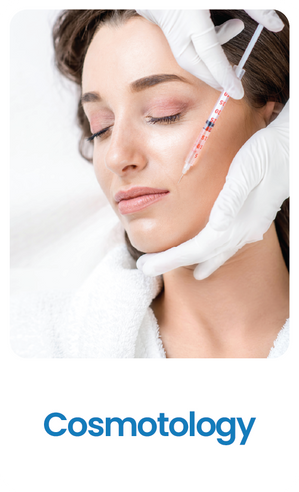Fat Grafting
Fat grafting, also known as autologous fat transfer, is a cosmetic surgical procedure that involves harvesting fat from one part of your body and re-injecting it into areas of the face to restore volume, enhance contours, and rejuvenate your appearance. This technique is celebrated for delivering natural-looking results with minimal risk of allergic reactions, as it utilizes your own tissue.

Fat Grafting Surgery in Bangalore

Fat Grafting Surgery
Fat Grafting is a popular cosmetic surgery offered at Surgiderma Hospital. It serves the dual purpose of removing unwanted fat from one area of the body and utilizing it to enhance facial features. This procedure helps restore youthful volume, smooth out wrinkles, and refine facial contours with natural and long-lasting results.
Fat Grafting Surgery Procedure
Fat Grafting is divided into two major steps:
-
Harvesting and Purifying the Fat: Fat is gently extracted from donor sites such as the abdomen, thighs, or flanks via liposuction.
-
Injection into Target Areas: The purified fat is strategically injected into areas of the face that lack volume or definition.
The procedure is minimally invasive and usually performed as an outpatient surgery under local or general anesthesia, depending on the patient’s condition and goals. It typically takes 1.5 to 2.5 hours.

Fat Grafting Surgery Process

At Surgiderma Hospital, fat grafting is performed with precision and attention to detail:
-
Step 1: Local or general anesthesia is administered for comfort.
-
Step 2: Fat is harvested using liposuction from a suitable donor area.
-
Step 3: The extracted fat is purified to isolate viable fat cells.
-
Step 4: The refined fat is carefully injected into facial zones that require volume enhancement.
The goal is to create a balanced, youthful facial appearance while minimizing risk and ensuring natural results.
Preparing for Fat Grafting Surgery Procedure
Before undergoing fat grafting, it’s important to:
-
Discuss your goals openly with your surgeon
-
Disclose past medical history and current medications
-
Avoid smoking and alcohol for at least 2 weeks prior
-
Stop blood-thinning medications as advised
-
Arrange for someone to assist you post-surgery
Choosing a certified plastic surgeon ensures better results and reduced risk.
Fat Grafting Surgery Recovery Time
Recovery is typically quick, with most patients resuming daily activities in 5–7 days. Key points include:
-
Mild swelling and bruising in the treated and donor areas
-
Wearing compression garments if advised for the donor site
-
Avoiding physical exertion for 2–3 weeks
-
Visible improvement within 2–3 weeks
-
Full results can take 3–6 months as the transferred fat settles
Regular follow-ups with your surgeon will help monitor healing and long-term outcomes.






